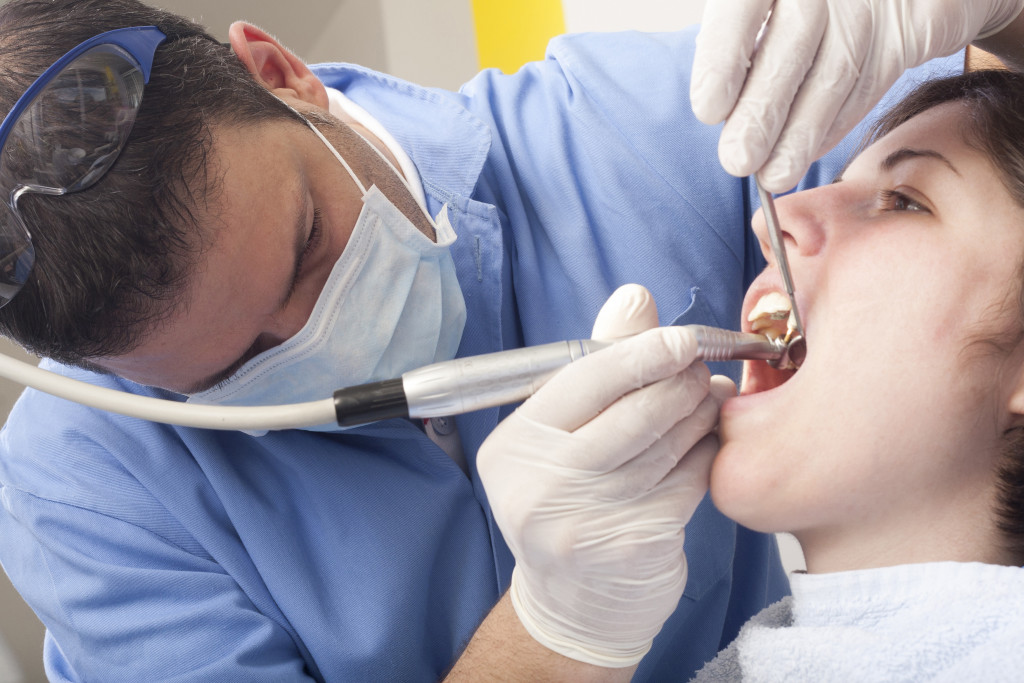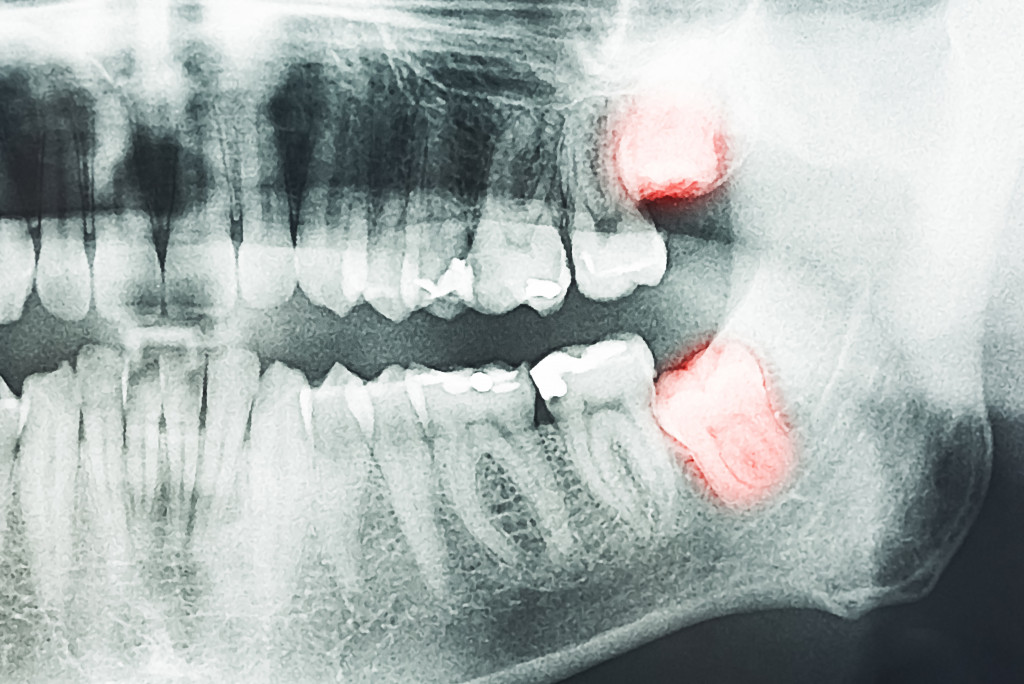The dental industry has the responsibility to foster the public’s oral health. Not only do dental health professionals take care of patients’ teeth and mouth, but they also enhance their dental aesthetics and boost their oral functions
Aside from performing general dentistry (like dental cleaning and tooth extraction), they also perform restorative dentistry (performing oral surgery and installing dental implants) and cosmetic dentistry (providing tooth-whitening treatments and installing dental veneers). Even dental practices specialize in pediatric dentistry to cater to children.
But thanks to digital tools and technologies, the dental sector has come a long way. These technological advances have reduced oral risks, minimized pain, and improved dental services. They have helped dental health professionals stay true to their commitment to promoting oral health.
That said, here are technology trends to consider for your dental practice this 2022:
1. Automation and artificial intelligence (AI) dental data and research
Embracing automation and AI has been such a game-changer in various industries. The dental industry can attest to how these technologies can boost their data protection, patient record management, and dental reports. For one, automation eliminates the manual tasks of filling out patients’ information, monitoring their dental progress, and even billing them or their dental insurance providers. On the other hand, AI utilizes algorithms to analyze dental services and forecast dental trends. That way, you can make sound business decisions for your dental practice.
2. Robotics for oral surgery
Did you know that robots are taking the whole world by storm? In recent years, we’ve seen the rise of robotics used in various industries. And the dental industry is no exception. For the uninitiated, robotics entails the simulation of intelligence, enabling machines to think and work like humans. In dentistry, dental robots can now perform simple tasks. These include cleaning teeth, removing cavities, and even performing tooth extraction. However, the dental sector has only just begun with robotics. As such, expect the progress and development of robots in the dental industry in the years to come.
3. Teledentistry for virtual dental consultation
Telehealth has become a buzzword in the medical field during this pandemic. But what about teledentistry? It looks like it’s going to be a big trend this 2022. The idea is to allow patients to have virtual dental consultations, simple diagnoses, and dental education with their dentists. Dental health professionals can ask dental-related queries and perform simple oral examinations. From there, they can provide dental recommendations and pieces of advice. Thanks to audio and video conferencing, these technologies have made teledentistry possible!

4. 3D printing for dental devices
3D printing has become increasingly popular in different businesses, especially in manufacturing. This additive manufacturing process entails turning digital designs into actual objects. It involves printing material layers and fusing them to form the desired solid output. In the dental industry, they take advantage of 3D printing for producing dentures, crowns, implants, and other dental devices. Not only does this method reduce waste products, but it also helps them save on their manufacturing costs.
5. Extended reality (XR) for dental training
Extended reality has now become—yes, a reality. What used to be a work of fiction has now become real. Think of virtual reality (VR) used for online shopping and augmented reality for enhanced online learning. In the dental world, student dentists can explore the XR technology for their dental training. They can have accurate illustrations of a patient’s oral structure, including the mouth and teeth. In addition, dentists can also use this technology to calm a patient during and after an oral treatment or procedure.
6. Intraoral camera for dental imaging
There’s no denying the digital innovation and technological advancements in various industries. In dentistry, the use of intraoral cameras is a perfect example. This device allows a dentist to insert a tiny camera into the patient’s mouth and get high-definition images of the teeth and gums. That way, the dentist can make an accurate diagnosis and even perform safe dental works. This tiny cam is best for young children, elderly patients, and those with disabilities. That way, these patients will be more confident in visiting your dentist’s office and getting their dental work done.
At this point, you now know what digital tools and technologies to incorporate into your dental practice this year. Be sure to consider the technology trends outlined above, from automation and AI to 3D printing to intraoral cameras for dental imaging. Not only do these technologies assist dental health professionals and optimize the patients’ dental works, but they also augment the dental industry in general. Ultimately, these technological advances can help promote the public’s oral health!

